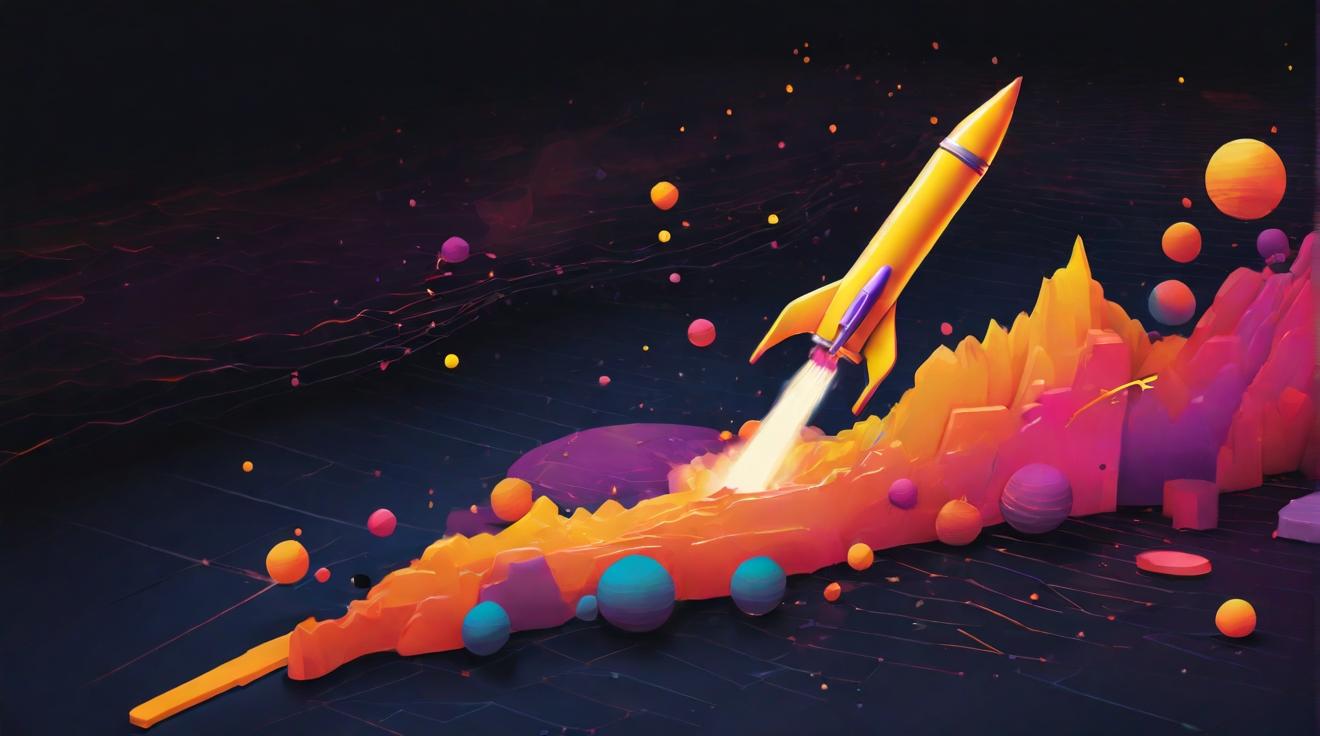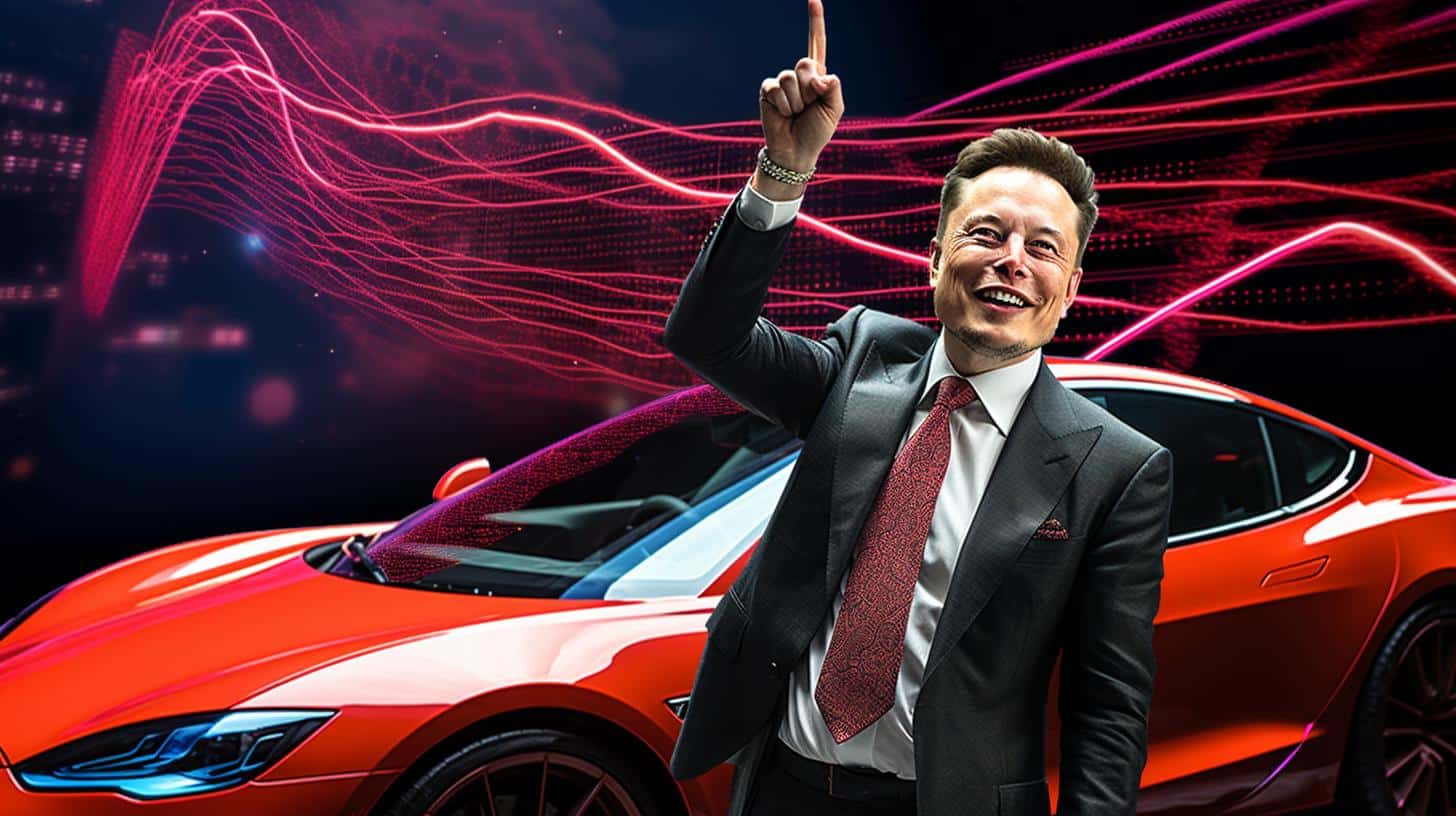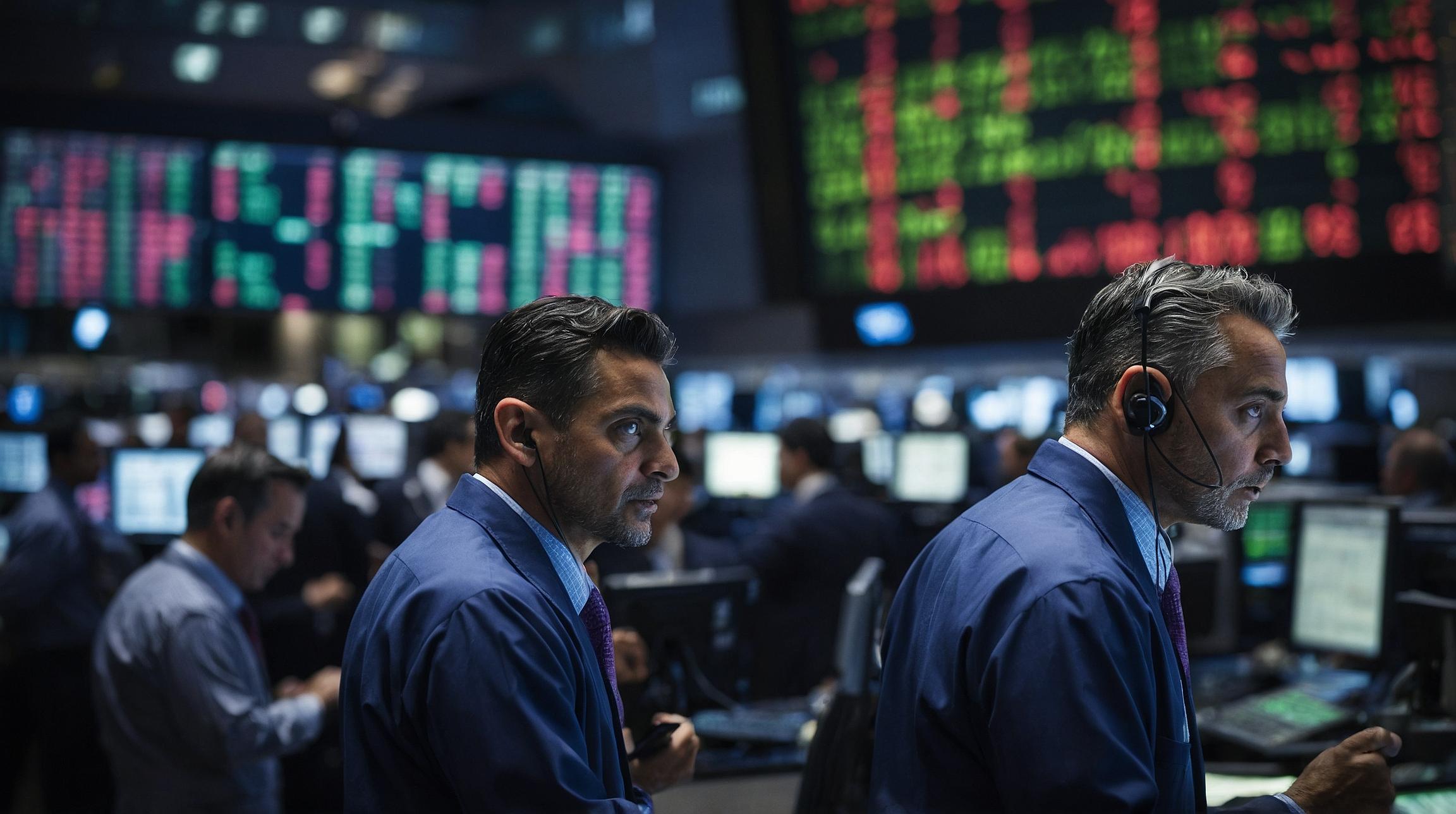Nvidia and Intel Forge $5 Billion AI Chip Partnership
Nvidia CEO Jensen Huang described the company’s $5 billion investment in Intel as an “incredible investment,” underscoring a significant technology collaboration between the two semiconductor giants. The announcement follows nearly a year of discussions and signals a strategic realignment in the industry driven by the artificial intelligence (AI) boom.
During a Thursday call with reporters, Huang highlighted his personal communication with Intel CEO Lip-Bu Tan, whom he referred to as a “longtime friend.” Tan confirmed their 30-year acquaintance, emphasizing the trust underpinning the deal.
Collaboration Details: Integrating CPUs and GPUs for AI
The partnership will focus on co-developing AI systems for data centers that combine Intel’s x86 central processing units (CPUs) with Nvidia’s graphics processing units (GPUs) and networking technology. Intel will also market CPUs integrated with Nvidia GPUs for PCs and notebooks, targeting a $50 billion addressable market.
Huang explained that Nvidia’s AI infrastructure, such as the NVL72 system used by Microsoft, typically relies on multiple GPUs per CPU. Nvidia plans to support Intel CPUs within its NVLink AI supercomputing racks, purchasing these CPUs to integrate into high-performance AI compute nodes.
“We’re going to become a very large customer of Intel CPUs, and we’re going to be a large supplier of GPU chiplets into Intel chips,” Huang stated. The collaboration will leverage Intel’s advanced chip packaging technology, combining multiple components into single modules.
Industry Context: Shifting Fortunes and Strategic Challenges
The deal highlights the contrasting trajectories of Nvidia and Intel over recent years. Nvidia’s share price has soared 1,348% over five years, with a market valuation exceeding $4.25 trillion, while Intel’s shares have declined nearly 32%, with a market cap around $143 billion.
Intel’s leadership has undergone significant changes amid rising costs and difficulties gaining ground in AI chips. In March, Lip-Bu Tan, a seasoned investor known for turning around Cadence Design Systems, took over as CEO. Since then, Intel has undertaken cost-cutting measures, including a planned 15% workforce reduction, and secured investments from Nvidia, the U.S. government, SoftBank, and others.
Intel continues to develop its foundry business but faces uncertainty about its future without major customers. While this partnership focuses on product collaboration, both companies left open the possibility of future foundry cooperation.
Government and Market Reactions
The U.S. government has shown strategic interest in Intel, providing $8.9 billion in support through the CHIPS Act in exchange for a 10% equity stake. White House spokesman Kush Desai called the Nvidia-Intel partnership “a major milestone for American high-tech manufacturing.”
Despite Huang’s recent attendance at a State Dinner with Trump in England, the White House and Huang clarified that the Trump administration was not involved in this particular deal.
Looking Ahead
This collaboration marks a strategic pivot for both companies, combining Intel’s CPU expertise with Nvidia’s GPU dominance to address the growing AI computing market. The partnership may reshape competitive dynamics and product offerings in data centers and consumer devices.
FinOracleAI — Market View
The $5 billion Nvidia investment in Intel and their joint development of AI-focused chips is a positive development for both companies, signaling a strategic alliance that leverages complementary strengths. Nvidia’s growing demand for Intel CPUs coupled with supplying GPU chiplets could bolster Intel’s revenue and market relevance amid competitive pressures. However, risks remain around Intel’s ability to scale manufacturing and secure foundry clients, which will be pivotal to sustaining long-term growth.
Investors should monitor the execution pace of product integrations, Intel’s foundry business developments, and broader AI infrastructure demand trends to gauge the partnership’s impact.
Impact: positive













